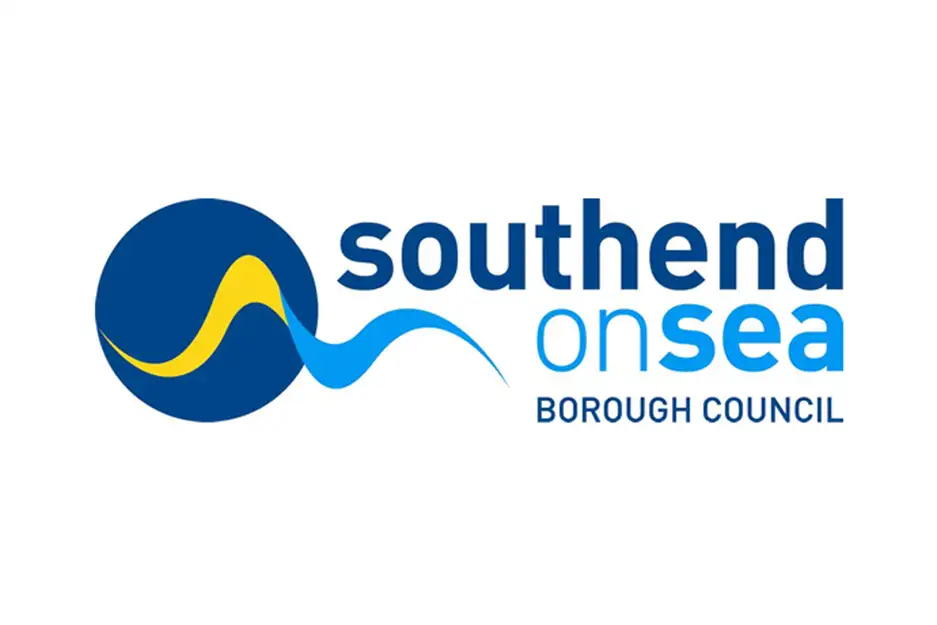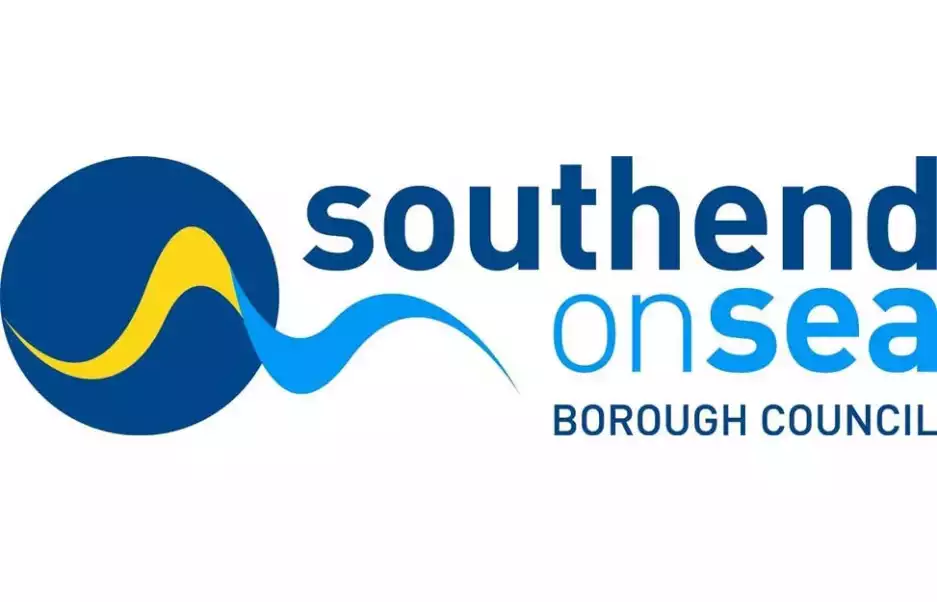-
AllAnytime Fitness Gym Art Beer Of The Week Blog Bus Fares Bus Service Business Business Expo C2C Care Care Home Charity Children Christmas Cinema City Status Cliffs Pavilion Cliffs Pavilion Review Cocktail Recipes College Community Competition Construction Coronation Coronavirus Dannielle Emery Design Easter Education Electoral changes Leigh on sea Emma Smith Employment Emsella Chair Environment Essex & Suffolk Water News Essex Police Essex Wildlife Trust News Events Family Fun Fashion Festival Film Finance Fitness Food Food & Drink Football Foulness Bike Ride Fresh Face Pillow Company Gardening General Election Hair & Beauty Halloween Harp Havens Havens Hospice Havens Hospices Havens Hospices Health & Fitness Health & Beauty Health & Fitness Healthwatch Southend Historicaleigh History Holidays Housing Indian Indirock Jubilee Karen Harvey Conran Kids Kids Blogs Kids Competitions Kids Reviews Lazydays Festival Legal Legal Eagle Leigh Art Trail Leigh Folk Festival Leigh Library Leigh On Sea Finds Leigh Road Leigh Town Council Leigh Town Council Press Release Leigh on Sea Leigh on Sea Sounds Leigh on sea Folk Festival Leigh on sea Marathon Leigh on sea Town Council Leigh on sea man breaks marathon record Leigh on sea news Lifestyle Livewell Southend Press Release LoS Shop London London Southend Airport Los Shop Marathon Melinda Giles Mortgage Angel blog Mortgages Motherofalloutings Mughal Dynasty Music My Mortgage Angel MyLoS NHS News News Newsletter Offers Outfit Of The Week Palace Theatre Parenting Parking Pets Picture Of The Week Pier Politics Press Release Press Release Southend City Council Professional Property Property Of The Week RSPCA Ray Morgan Re:loved Recipes Recycling Restaurant Restaurant Review Restaurants Review Roads Rotary Club Royal Hotel Royal Visit SAVS Schools Seafront Shopping Shows & Music Review Shows & Music Shows & Music Review Southend Southend Airport Southend Borough Council Press Release Southend City Bid News Southend City Council Southend City Council Press Release Southend City Council Press Release Southend Community Safety Southend Hospital News Southend In Sight Southend In Sight Southend In Sight Press Release Southend on Sea Sport The Mortgage Mum The One Love Project The Ship Hotel Theatre Theatre Blog Theatre Review Theatre review Transport Travel Travel Veolia Village Green Volunteer Weddings Whats On c2c
Mix of Savings and Investments Part of 2017/18 Draft Budget

Southend-on-Sea Borough Council has unveiled its draft revenue budget for 2017/18 which shows how the council must bridge a budget gap of nearly £13m.
This follows the news that the main grant the council receives from central Government will decrease again in 2017/18, this time by £6.7m (31% reduction) to £14.7m. By 2020 it is anticipated that the council will receive no core grant at all and will be reliant on council tax, business rates, and fees and charges as its main sources of funding.
As part of the £13m budget gap, the council must invest £3m into services to deal with ‘pressures’ including £1m to deal with the implications of the national living wage, £500,000 to care for an ageing population that need council support, £400,000 to help children with learning disabilities move into adult social care, and £600,000 for added demand and cost pressures in children’s services. An additional £1.85m will also be invested in one-off essential projects.
As a result, the budget proposals identify £6.921m of departmental savings plus £0.581m from Public Health. In addition, council reserves of £2.8m will be used to offset the reduction in business rates and smooth the council’s budget gap over the next three years.
Additionally council tax will rise by 4.99%, with 1.99% for general use and 3% being levied to be spent specifically on adult social care. However car parking charges will be frozen, and in some cases reduced. Savings will be made across the council’s three departments through a series of contract renegotiations, service transformation projects, increasing income in various areas and innovative projects such as energy efficiency work that will start to see major savings bear fruit in 2017/18.
Cllr John Lamb, Leader of the Council says: “Every year setting a balanced budget gets tougher and tougher. Our central funding grant continues to fall significantly, whilst the numbers of people needing our help and support continues to rise significantly. This means that we have to continually make some hard choices that enable us to make the significant savings required but continue to do the basics and most importantly look after and protect our most vulnerable people.
“We must raise council tax by 4.99% or around £1.14 a week which includes the 3% social care precept (69p a week) which is ring-fenced to help fund our social care services. In total this is an annual rise of £59.66 for a Band D household.
“I would much prefer to announce a council tax freeze but central Government cuts and the financial situation have made that impossible. Even with the rises and savings that we are announcing, we estimate that after this year, we will still need to save £695,000 a month or £32,000 per working day over the next three years (£25m in total).
“However despite all of this, we are still investing almost £5m into services, with £3m to deal with increased pressures we are facing in areas like adult social care and child care, and an additional £1.85m for one-off investment over the next few years in a number of essential projects such as developing our energy efficiency work, investing in reducing the number of children being taken into care, and delivering the children’s services improvement plan.
“Looking to the future, we will need to increasingly focus the delivery of our services in a more targeted way and to those who need our help, and we will need to adopt this approach in tailoring our statutory services too. As we move forward we will reposition ourselves as a council to help the community, its residents and businesses take personal control over as many factors affecting their lives as possible.”
Savings are proposed to be made across the key spending areas as follows:
· Department for People - £3.960m
· Department for Place - £1.971m
· Chief Executives Department - £0.990m
· Public Health - £0.581m
The full list of the proposed savings can be viewed on our website.
The proposals mean that up to 10.4 Full Time Equivalent (FTE) posts will be deleted. Of those, 8.4 are currently vacant (81%). In addition there are a number of transformation projects within the People Department which have the potential to displace staff. Once the transformation plans are fully scoped, the appropriate formal staff consultation processes for these areas will also take place.
Employees in the affected areas and the trade unions have been fully briefed. As in previous years, voluntary redundancy and possible redeployment opportunities to any council vacancies will be highlighted within the Council’s successful Talent Pool system, helping to keep the number of compulsory redundancies to an absolute minimum.
Councillor John Lamb, Leader of the Council, concludes:
“We try to minimise the impact on our residents, businesses and staff, but budget reductions inevitably have an impact on these groups. Unfortunately job losses are inevitable as staffing is our biggest cost, but wholesale redundancies have and will always be avoided where possible and it is pleasing to see the number of posts being deleted this year are much lower than in previous years. Where staff are affected, I am committed to ensuring that the right support is in place.”
The draft budget will be considered by the council’s cabinet next week (Thursday 19th), consulted on and go through the council’s scrutiny committees, with the final budget to be discussed and approved at Full Council on Thursday 23rd February 2017.
ADD A COMMENT
Note: If comment section is not showing please log in to Facebook in another browser tab and refresh.






















